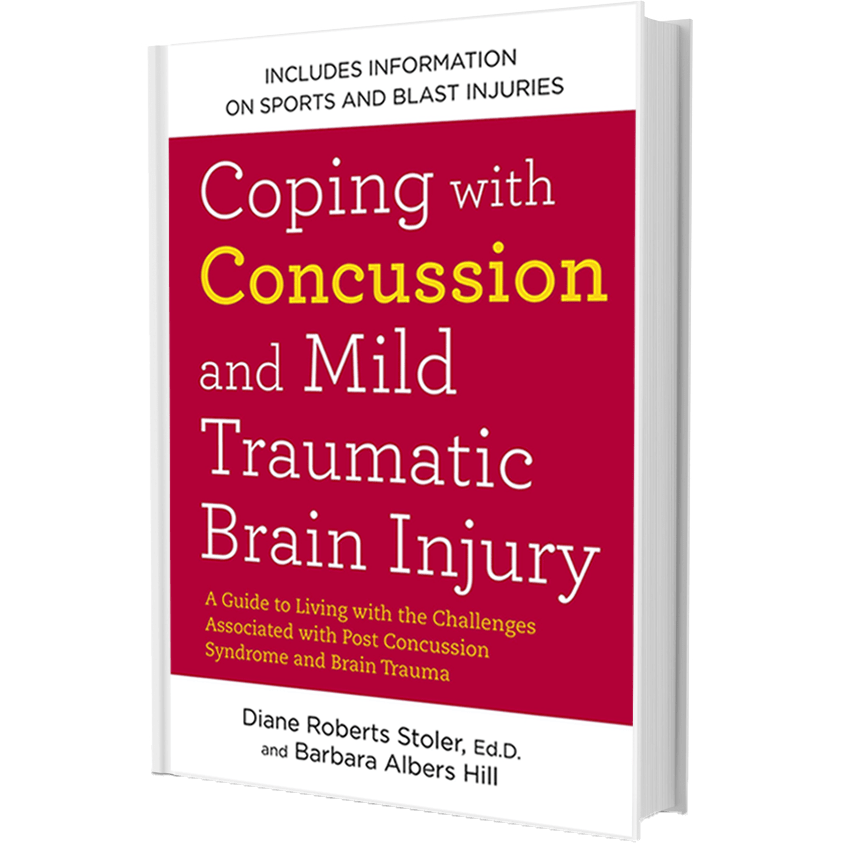Two years ago I was introduced to a new patient with Locked-In Syndrome. He had a massive coronary that caused global brain damage that resulted in his inability to move any of his muscles voluntarily. As part of my “5-prong approach” and integrative approach used by our brain rehabilitation team, a program was developed specifically for him, which included neurofeedback, speech & language therapy, water therapy, Tomatis® and nutrition education. As time passed, everyone on the team saw progress. Then, another patient was introduced to our practice with Locked-in Syndrome that resulted from a 25 foot fall. Along with being Locked-In, he also has PTSD and seizures. Once again, the brain rehabilitation team came together and formed an individualized program that included neurofeedback. Over time, both patients have had excellent results. Then last November, I watched an episode of the television show “House,” that was on Locked-In Syndrome. In this episode, it made it clear that while the outside person could not move or communicate, the person inside was more cognitively aware than I ever thought possible. Now, as a person who sustained a stroke and 4 TBI’s, my cognitive ability was fogged and it was hard for me to perceive that someone with Locked-In Syndrome could possibly have better cognitive skills than I did during my recovery. Yet, this is what was presented on the TV show. Along with this was a means for the person with Locked-In Syndrome to communicate. It was called BCI, which stands for Brain Computer Interface.
Up until that moment, the only BCI I knew about was where they had implanted a chip in the motor cortex of a person with no limbs to operate a mechanical arm or to move a cursor on the computer. In this episode, they simply put a headgear on the patient and he was able to move a cursor up and down to answer yes, no and maybe.
With hope that what I had seen was true, I went to my first patient, who had global brain damage, and spoke to him in a way that I would speak to his parents or someone very cognitively aware. I told him about the television show and said if it were true, he ought to be able to do things I never expected of him. I then set up his neurofeedback, however, this time I told him I wanted him to control certain things on my command. When he did, we both were thrilled. I immediately called his parents into the session and asked him to duplicate what he had just done. He did. Once again, you could see and feel the joy in him. He was no longer Locked-In. He had a means of communicating.
For the next days, weeks and months, I devoted myself to discovering all the various means of Brain Computer Interface along with hardware and software. I was able to get some BCI equipment that is wireless, has dry sensors, and allows my two patients to finally communicate with the outside world. I’m on the verge of presenting, through my newest corporation, Brain Technology, LLC website, which is not up yet, “The Communicator”, which will allow someone with Locked-In Syndrome and other brain injuries that inhibit speech or motor movement, to be able to communicate and have control of their outside world. The Chip manufacture is working with Oprah to have this presented this coming Fall on a Health and Wellness segment. At present, I am working on finding business partners and investors.
Meanwhile, my two patients have been enjoying a new found freedom and a means to communicate with their families. From this came the miracle we all had prayed about….voluntary movement and speech. Now, along with the headgear, there are motor responses, vocalization and a few words spoken after five years.



As a survivor of Locked-in Syndrome(LIS) I can attest to the fact that a patient with LIS can be very cognitively aware.